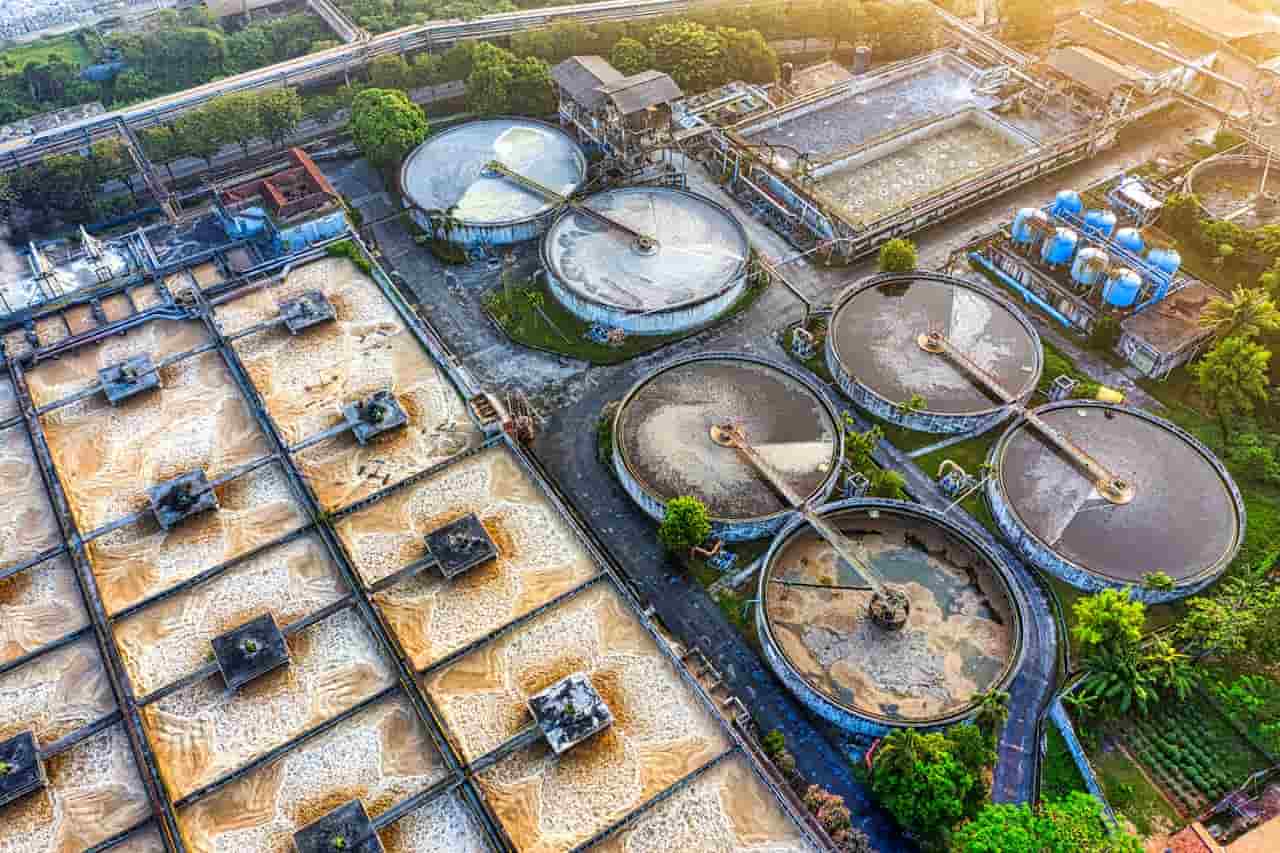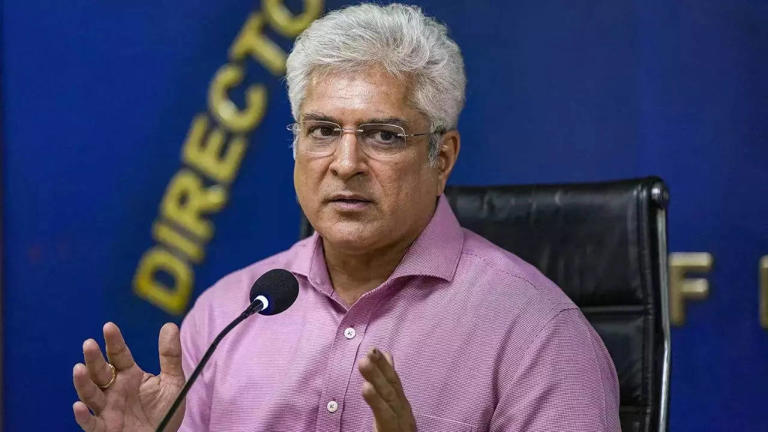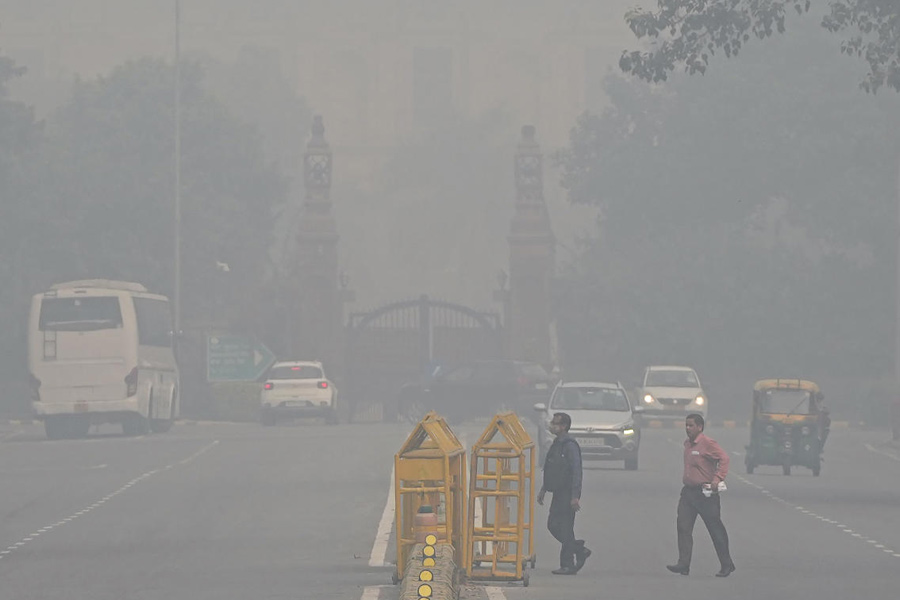Home / home / Devastation in Myanmar: 7.7-Magnitude Earthquake Claims Over 144 Lives, Triggers Chaos Across Southeast Asia
Devastation in Myanmar: 7.7-Magnitude Earthquake Claims Over 144 Lives, Triggers Chaos Across Southeast Asia
By: My India Times
3 minutes read 86Updated At: 2025-03-29

A powerful earthquake measuring 7.7 on the Richter scale struck Myanmar on Friday, triggering widespread devastation, collapsing buildings, and sending tremors across several neighboring countries, including China, Thailand, India, and Vietnam. The massive quake, followed by at least 14 significant aftershocks, resulted in the deaths of at least 144 people, with more than 700 others sustaining injuries. Officials warn that the toll is expected to rise as rescue operations continue in the affected regions.
The Catastrophic Earthquake: Epicenter and Impact
According to the United States Geological Survey (USGS), the earthquake's epicenter was located in Myanmar’s Mandalay region at a shallow depth of 10 kilometers. The tremor struck at approximately 12:50 pm local time (0620 GMT), causing extensive structural damage, road collapses, and widespread panic. The initial shockwave was followed by multiple aftershocks, one of which registered a formidable 6.4 magnitude, further exacerbating the destruction.
Eyewitnesses reported scenes of chaos as buildings crumbled, and frightened residents fled into the streets for safety. In Mandalay, authorities have been scrambling to provide emergency relief, with hospitals overwhelmed by the influx of injured victims.
Destruction Spills Over into Neighboring Thailand
The earthquake's impact was not confined to Myanmar alone. Tremors were felt throughout northern Thailand and extended down to Bangkok, where significant damage was reported.
Authorities in Thailand confirmed that at least ten people were killed due to the quake’s impact. The worst-hit location was an under-construction skyscraper near Bangkok’s bustling Chatuchak Market, which collapsed, trapping scores of workers beneath its rubble. So far, 70 individuals remain missing, with rescue teams racing against time to retrieve survivors. Several metro and light rail services in the Thai capital were temporarily halted as a precautionary measure.
Widespread Effects in China and India
The earthquake’s effects rippled across China’s Yunnan province, where officials reported feeling significant tremors. The Beijing Earthquake Monitoring Center recorded the quake at an even higher magnitude of 7.9. Chinese authorities issued immediate advisories, urging residents in affected regions to remain on high alert for potential aftershocks.
In India, mild tremors were felt in the eastern city of Kolkata in West Bengal, as well as in Imphal, Manipur. Fortunately, no casualties or significant damages were reported in these Indian regions, according to local officials.
Myanmar’s History of Devastating Earthquakes
Myanmar is no stranger to seismic activity due to its location along the seismically active Sagaing Fault, which runs north to south through the country. According to the USGS, between 1930 and 1956, Myanmar experienced six powerful earthquakes, each measuring above 7.0 magnitude.
The region remains highly vulnerable to future earthquakes, and Friday’s disaster serves as a stark reminder of the urgent need for improved disaster preparedness and infrastructure resilience in Myanmar and its neighboring countries.
Rescue and Relief Efforts Underway
Emergency response teams in Myanmar have been deployed to the worst-affected areas, working tirelessly to search for survivors amidst the wreckage. Hospitals are operating at full capacity, treating those injured in the disaster. International aid organizations are also mobilizing to provide humanitarian assistance, with offers of support coming from various nations.
In Thailand, search-and-rescue operations at the collapsed Bangkok skyscraper are proving to be particularly challenging, given the scale of the destruction. Rescue workers have been using heavy machinery and sniffer dogs to locate survivors trapped under the debris.
The Road Ahead: Rebuilding and Recovery
As Myanmar and its neighboring countries come to terms with the scale of devastation, the focus now shifts towards relief and rebuilding efforts. The earthquake underscores the pressing need for stronger building regulations and earthquake preparedness measures in the region.
Governments across Southeast Asia have pledged to enhance their disaster response strategies, ensuring that communities remain better equipped to handle future seismic events. Meanwhile, citizens continue to mourn the lives lost, as rescue workers battle against time to save those still trapped beneath the rubble.
The Myanmar earthquake of 2025 will be remembered as one of the most devastating seismic events in the region’s recent history, leaving an indelible mark on the affected communities and prompting urgent discussions about future preparedness and resilience.
....A powerful earthquake measuring 7.7 on the Richter scale struck Myanmar on Friday, triggering widespread devastation, collapsing buildings, and sending tremors across several neighboring countries, including China, Thailand, India, and Vietnam. The massive quake, followed by at least 14 significant aftershocks, resulted in the deaths of at least 144 people, with more than 700 others sustaining injuries. Officials warn that the toll is expected to rise as rescue operations continue in the affected regions.
The Catastrophic Earthquake: Epicenter and Impact
According to the United States Geological Survey (USGS), the earthquake's epicenter was located in Myanmar’s Mandalay region at a shallow depth of 10 kilometers. The tremor struck at approximately 12:50 pm local time (0620 GMT), causing extensive structural damage, road collapses, and widespread panic. The initial shockwave was followed by multiple aftershocks, one of which registered a formidable 6.4 magnitude, further exacerbating the destruction.
Eyewitnesses reported scenes of chaos as buildings crumbled, and frightened residents fled into the streets for safety. In Mandalay, authorities have been scrambling to provide emergency relief, with hospitals overwhelmed by the influx of injured victims.
Destruction Spills Over into Neighboring Thailand
The earthquake's impact was not confined to Myanmar alone. Tremors were felt throughout northern Thailand and extended down to Bangkok, where significant damage was reported.
Authorities in Thailand confirmed that at least ten people were killed due to the quake’s impact. The worst-hit location was an under-construction skyscraper near Bangkok’s bustling Chatuchak Market, which collapsed, trapping scores of workers beneath its rubble. So far, 70 individuals remain missing, with rescue teams racing against time to retrieve survivors. Several metro and light rail services in the Thai capital were temporarily halted as a precautionary measure.
Widespread Effects in China and India
The earthquake’s effects rippled across China’s Yunnan province, where officials reported feeling significant tremors. The Beijing Earthquake Monitoring Center recorded the quake at an even higher magnitude of 7.9. Chinese authorities issued immediate advisories, urging residents in affected regions to remain on high alert for potential aftershocks.
In India, mild tremors were felt in the eastern city of Kolkata in West Bengal, as well as in Imphal, Manipur. Fortunately, no casualties or significant damages were reported in these Indian regions, according to local officials.
Myanmar’s History of Devastating Earthquakes
Myanmar is no stranger to seismic activity due to its location along the seismically active Sagaing Fault, which runs north to south through the country. According to the USGS, between 1930 and 1956, Myanmar experienced six powerful earthquakes, each measuring above 7.0 magnitude.
The region remains highly vulnerable to future earthquakes, and Friday’s disaster serves as a stark reminder of the urgent need for improved disaster preparedness and infrastructure resilience in Myanmar and its neighboring countries.
Rescue and Relief Efforts Underway
Emergency response teams in Myanmar have been deployed to the worst-affected areas, working tirelessly to search for survivors amidst the wreckage. Hospitals are operating at full capacity, treating those injured in the disaster. International aid organizations are also mobilizing to provide humanitarian assistance, with offers of support coming from various nations.
In Thailand, search-and-rescue operations at the collapsed Bangkok skyscraper are proving to be particularly challenging, given the scale of the destruction. Rescue workers have been using heavy machinery and sniffer dogs to locate survivors trapped under the debris.
The Road Ahead: Rebuilding and Recovery
As Myanmar and its neighboring countries come to terms with the scale of devastation, the focus now shifts towards relief and rebuilding efforts. The earthquake underscores the pressing need for stronger building regulations and earthquake preparedness measures in the region.
Governments across Southeast Asia have pledged to enhance their disaster response strategies, ensuring that communities remain better equipped to handle future seismic events. Meanwhile, citizens continue to mourn the lives lost, as rescue workers battle against time to save those still trapped beneath the rubble.
The Myanmar earthquake of 2025 will be remembered as one of the most devastating seismic events in the region’s recent history, leaving an indelible mark on the affected communities and prompting urgent discussions about future preparedness and resilience.
By: My India Times
Updated At: 2025-03-29
Tags: home News | My India Times News | Trending News | Travel News
Join our WhatsApp Channel

Similiar News

US Supreme Court Rejects 26/11 Accused Tahawwur Rana’s Plea to Block Extradition to India
2025-03-08


















































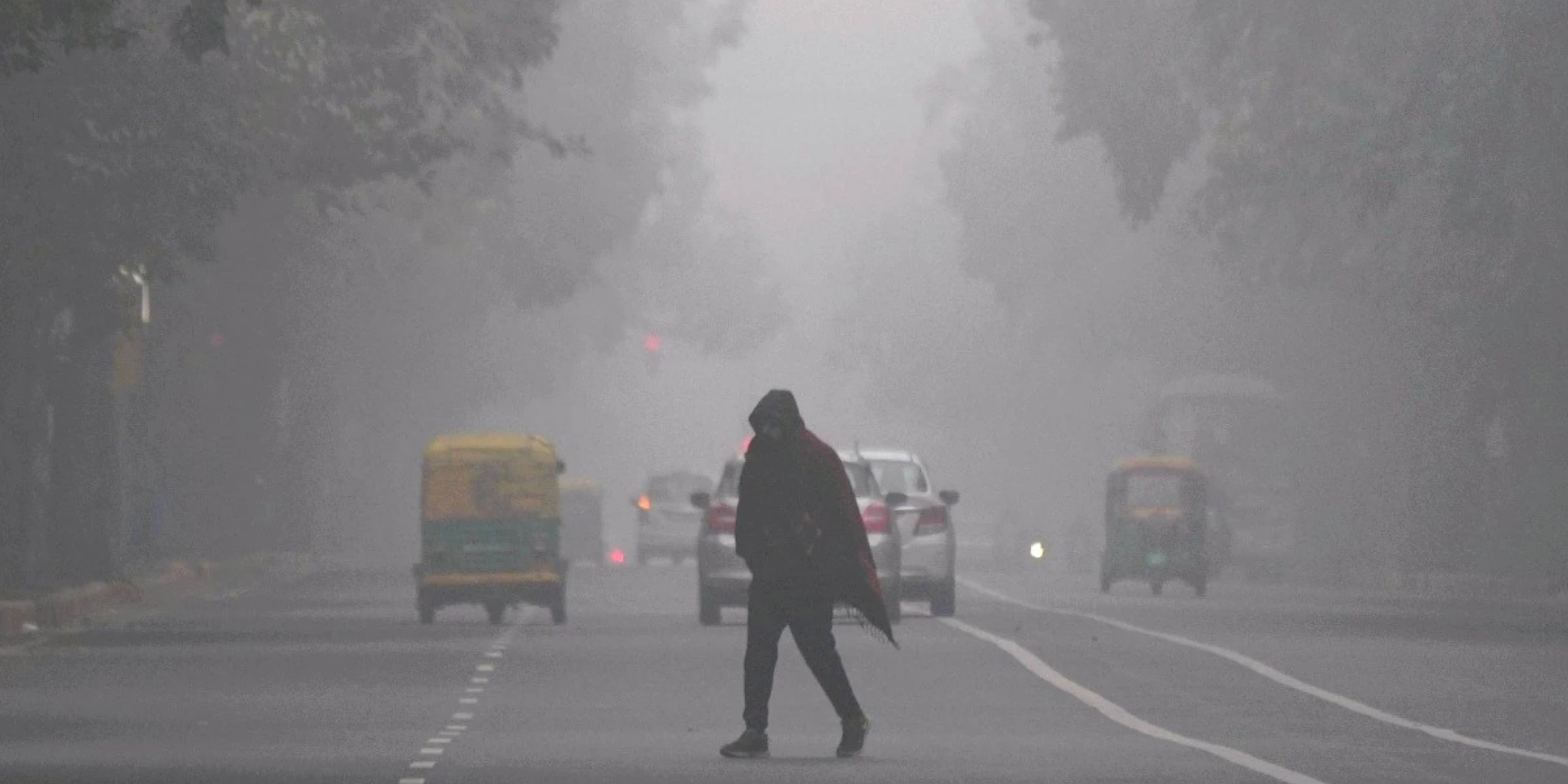










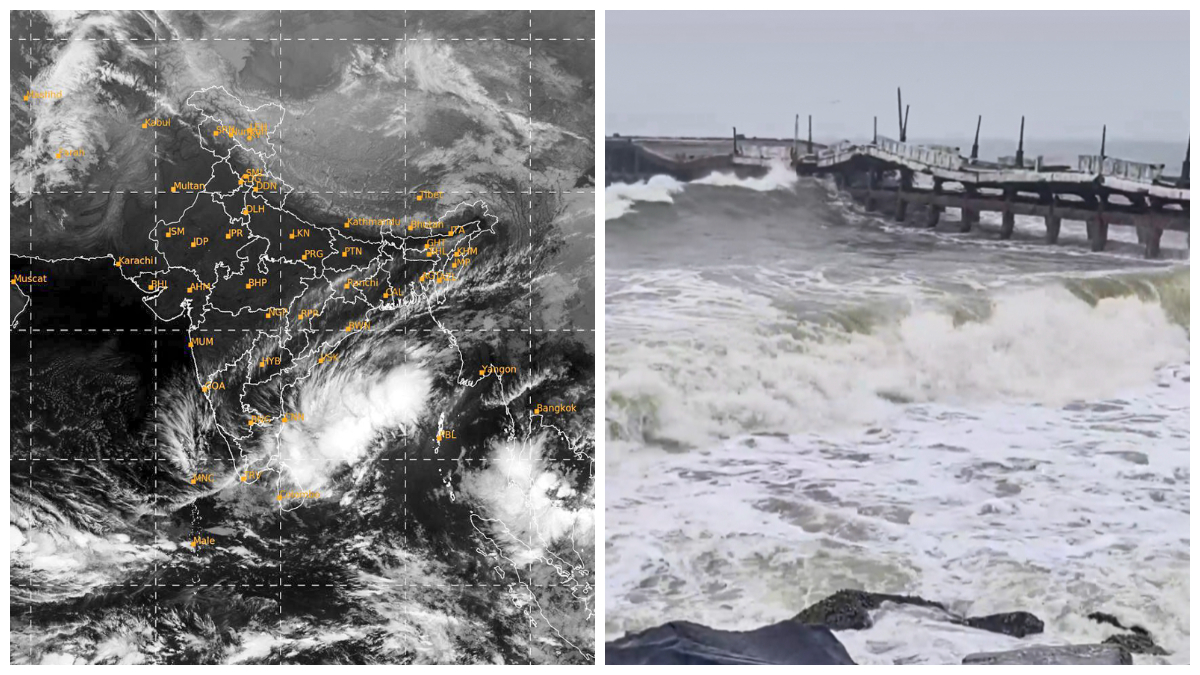



.jfif)









.jpg)



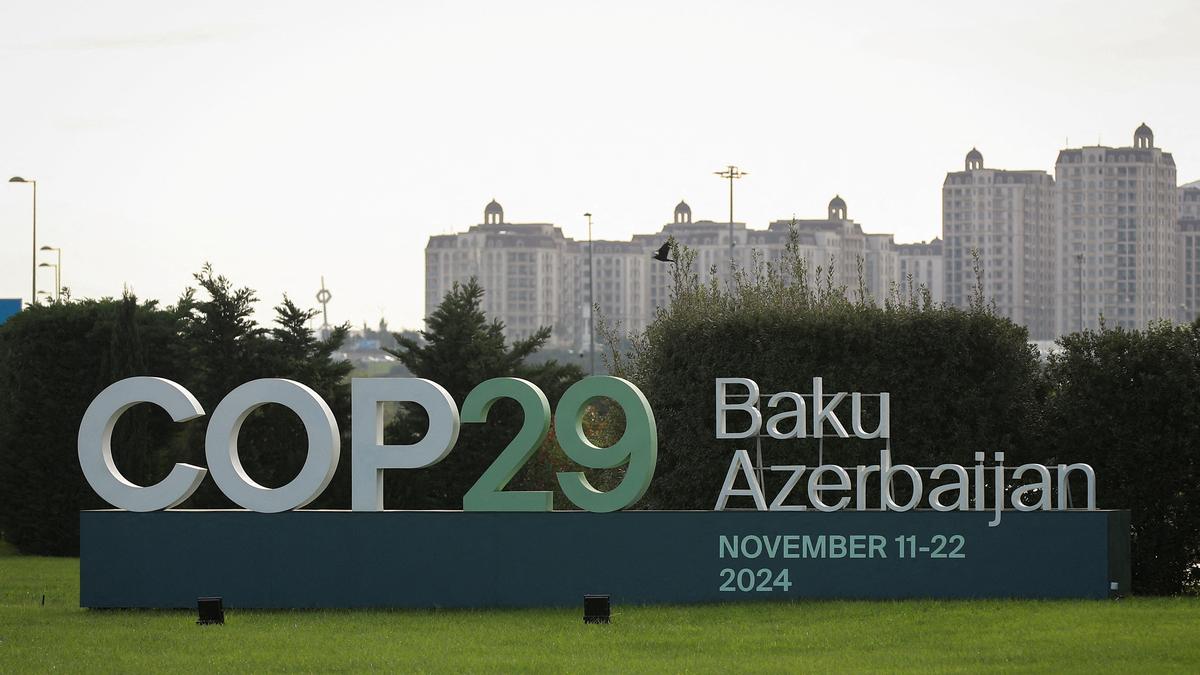


































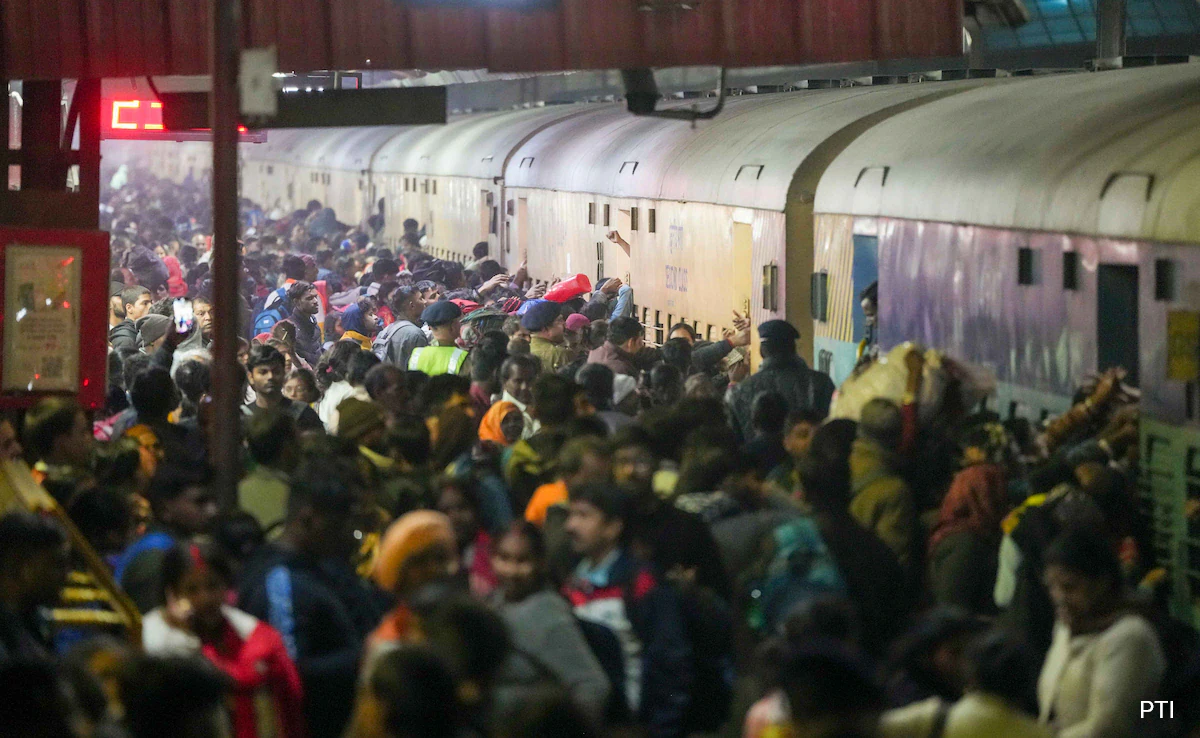
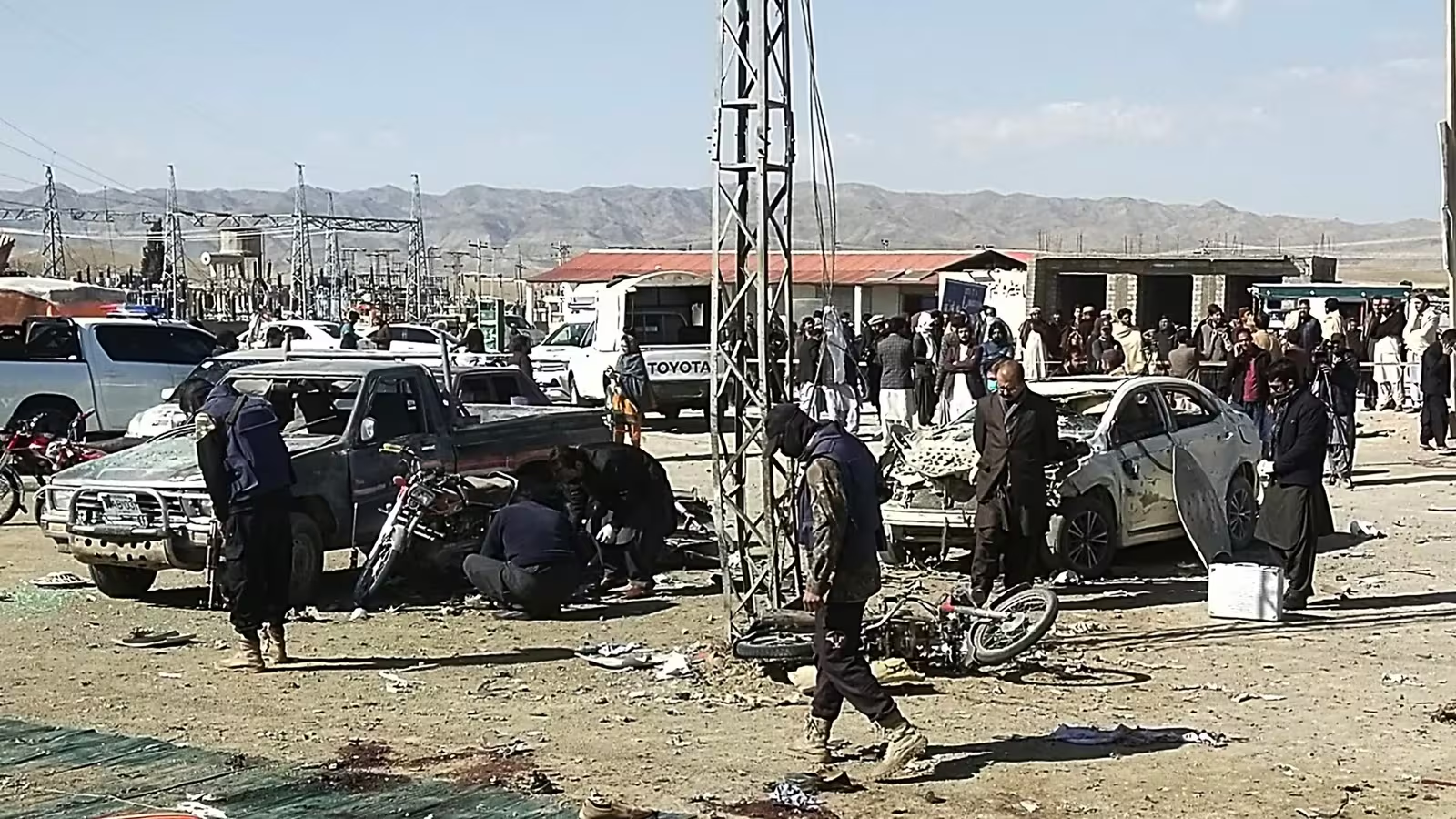



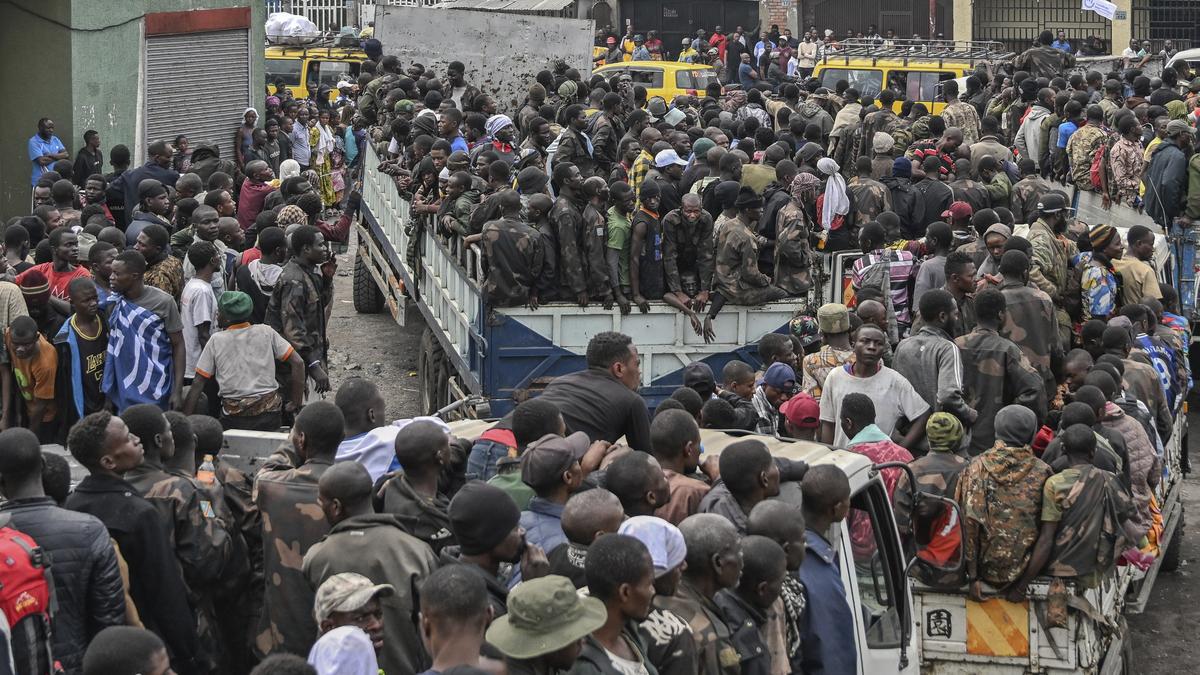
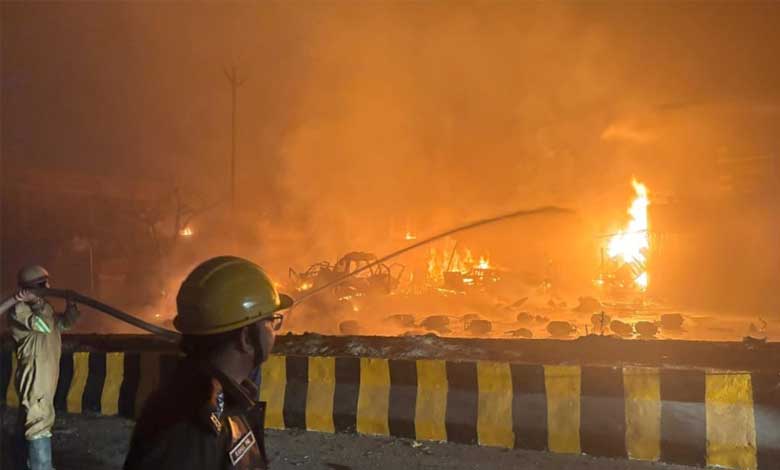












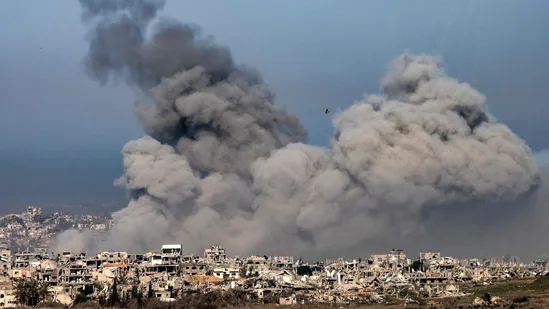
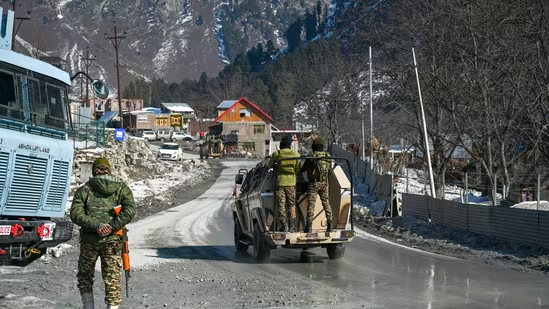

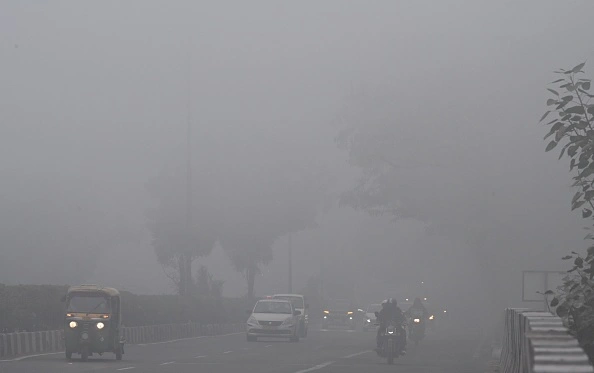

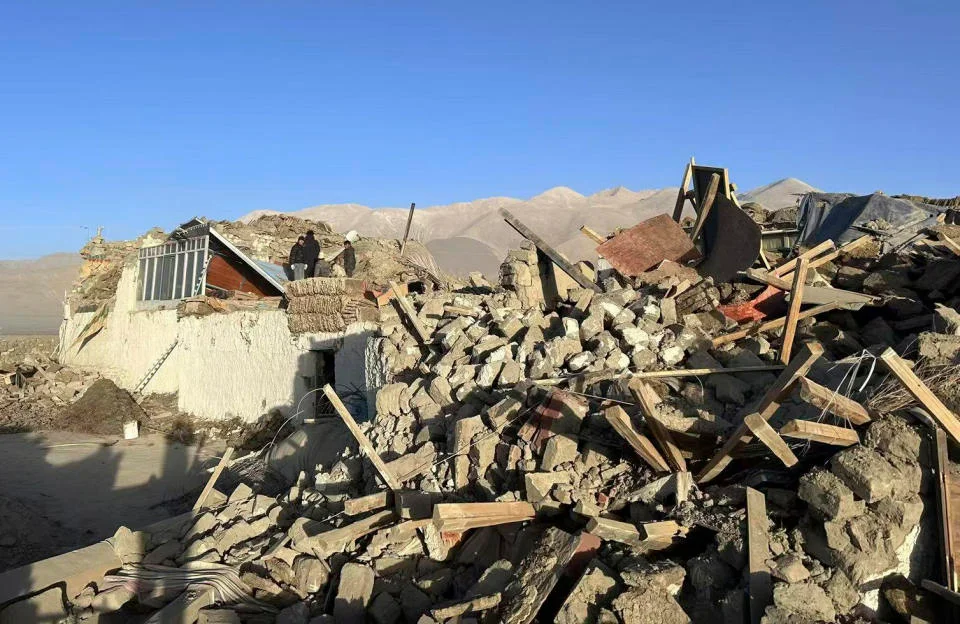




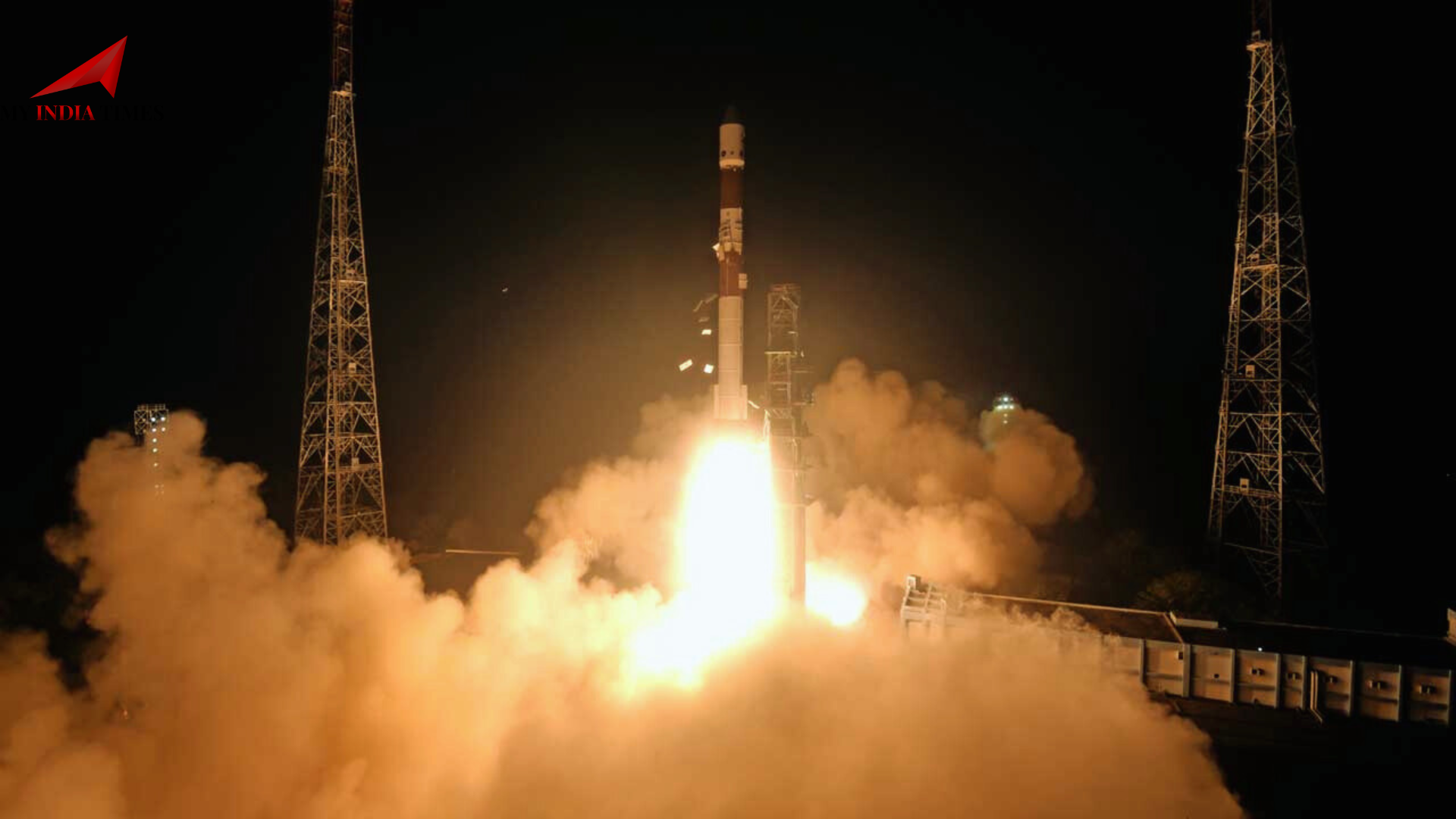



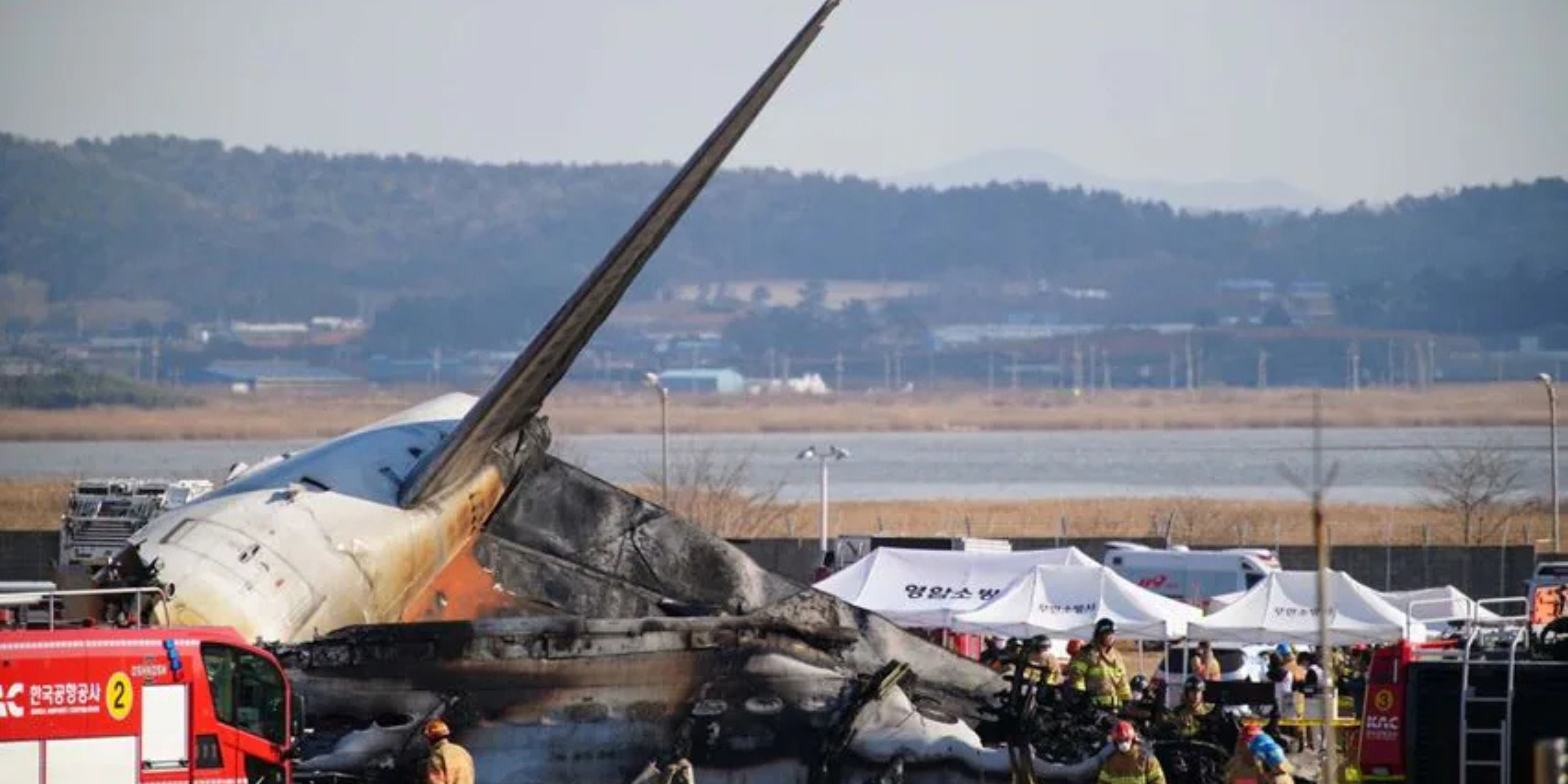

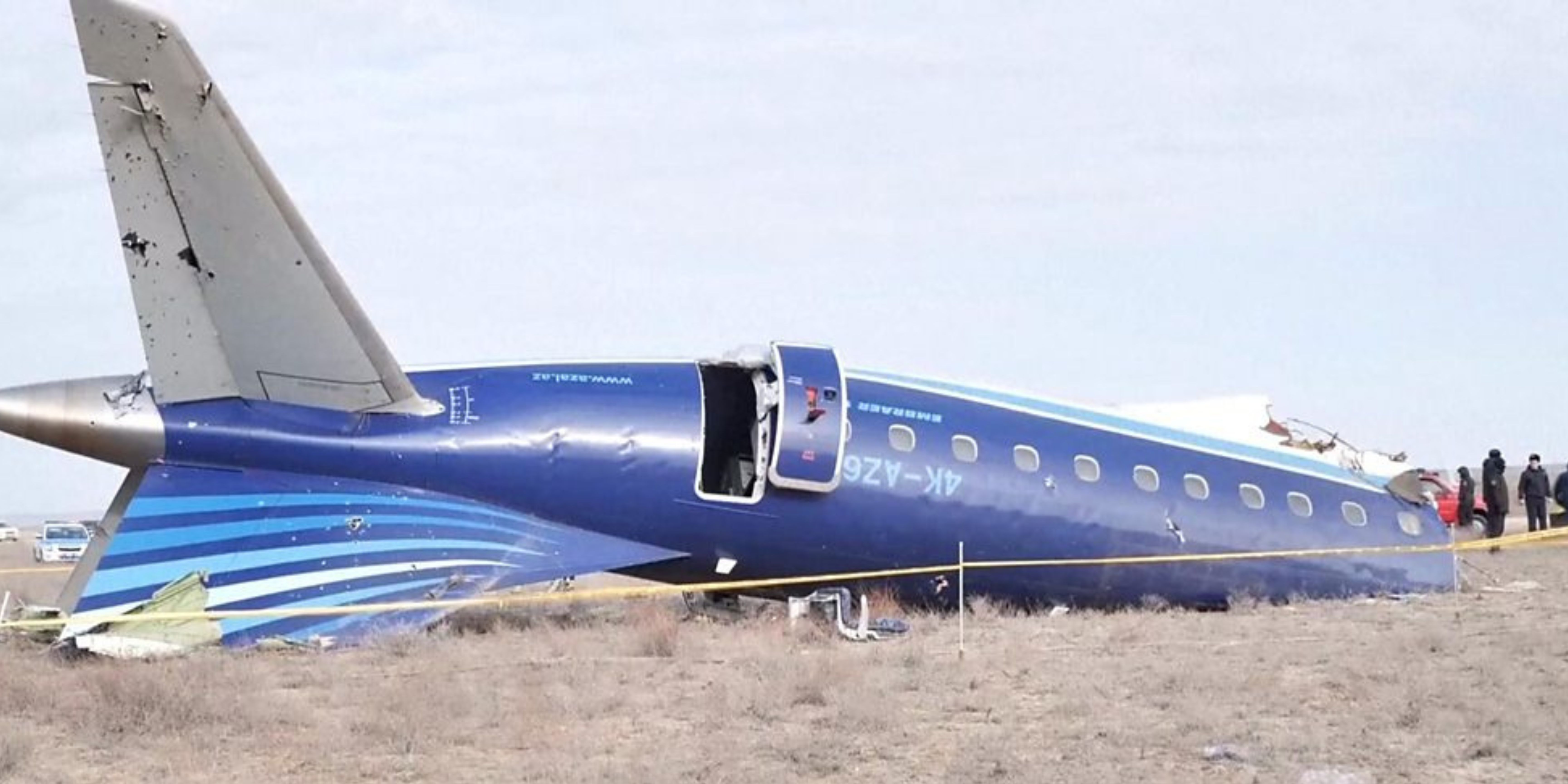



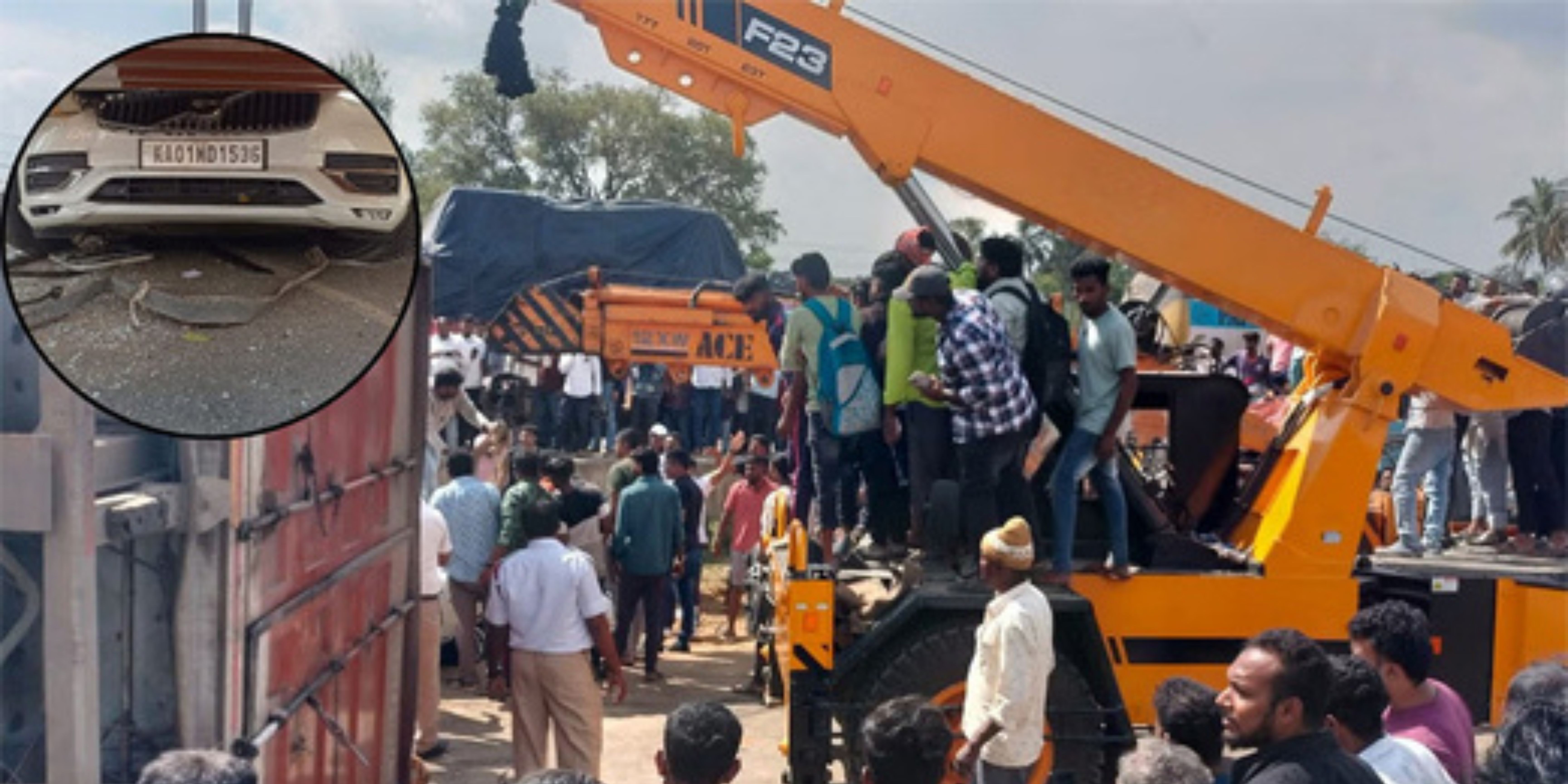






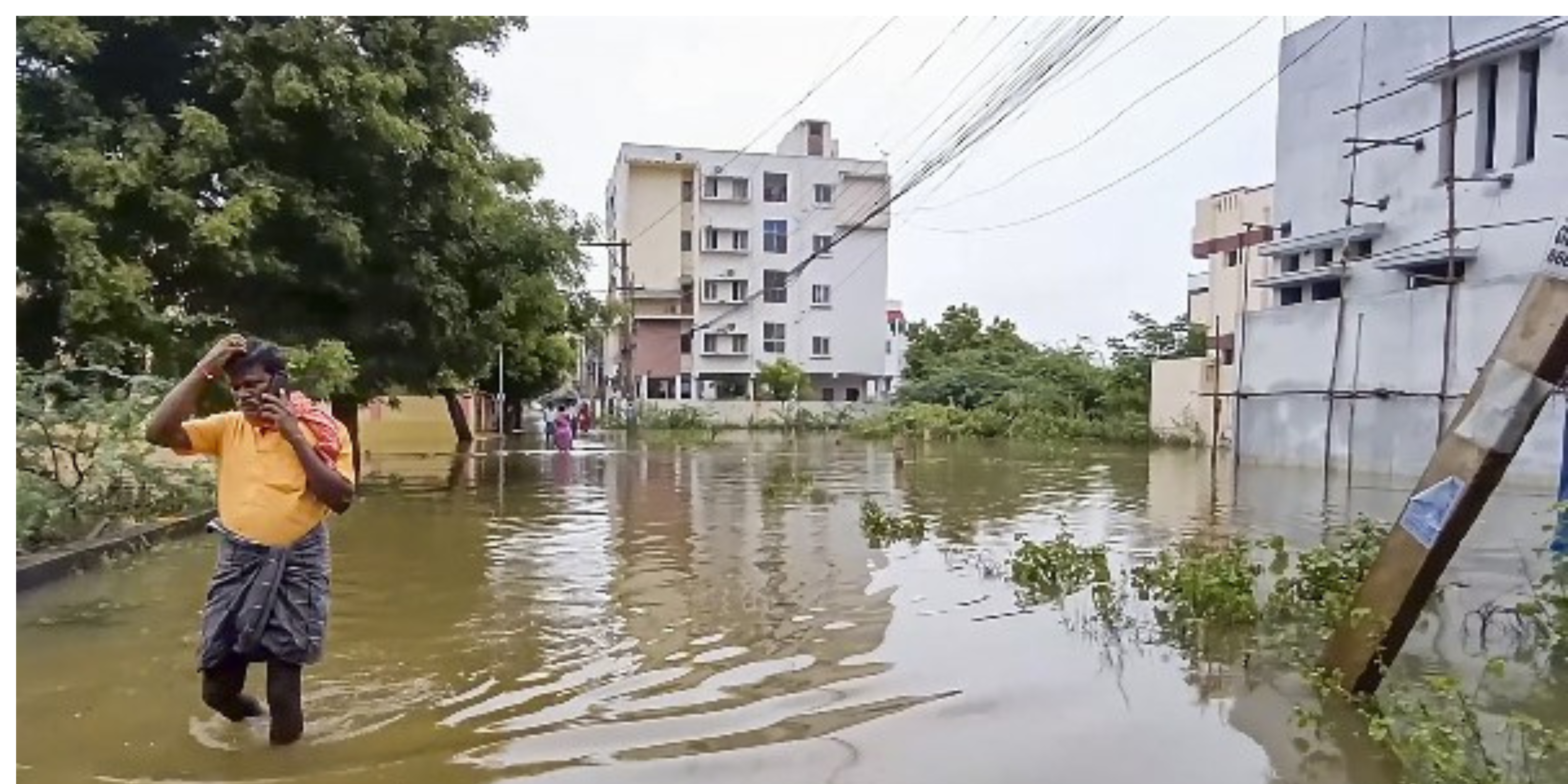


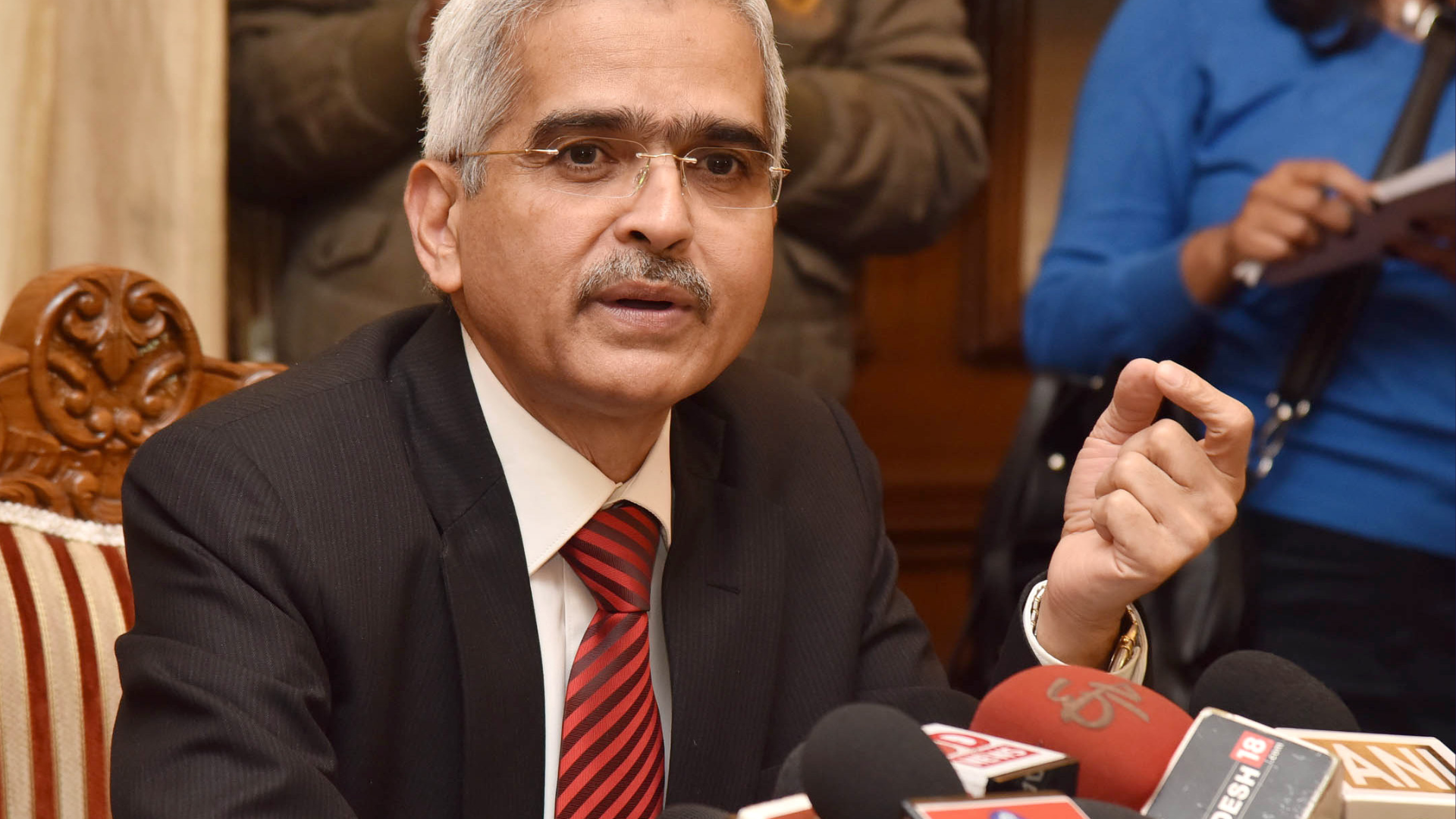



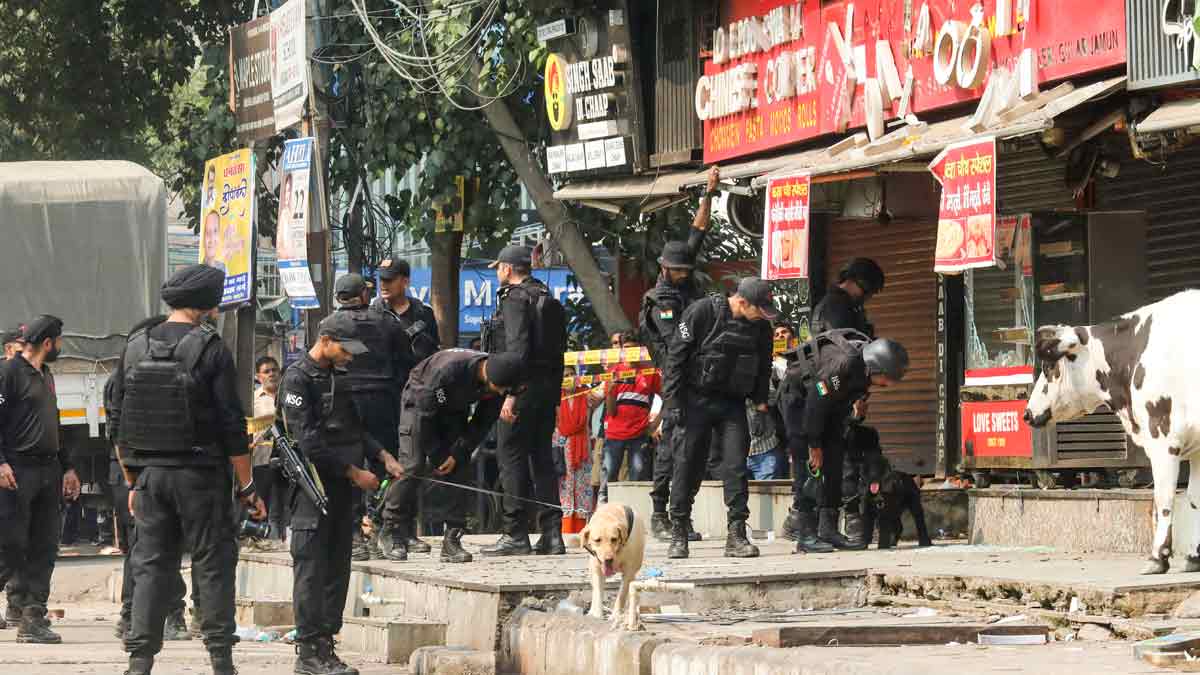
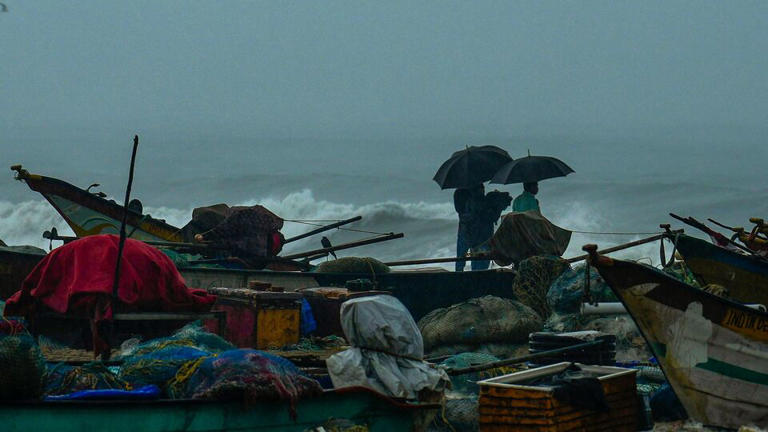


.png)
 (1).png)
